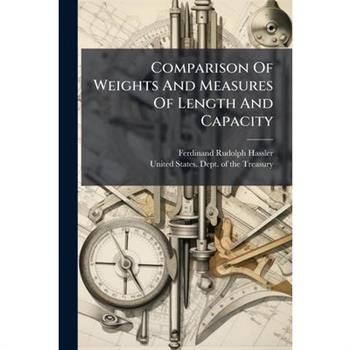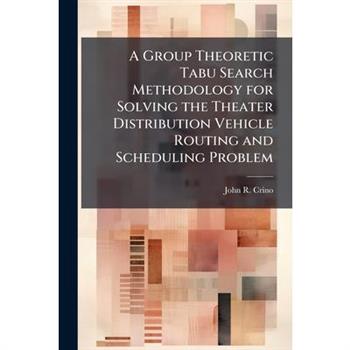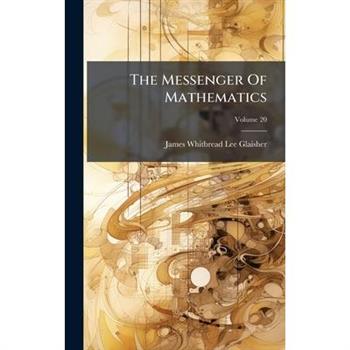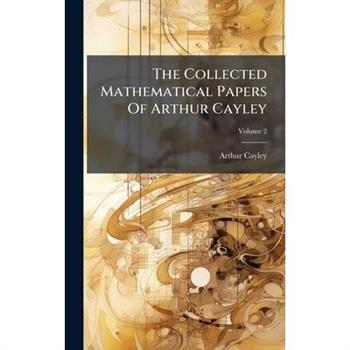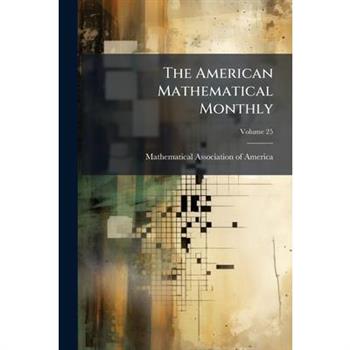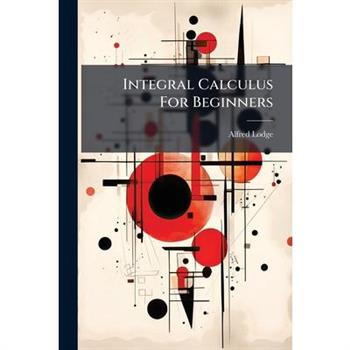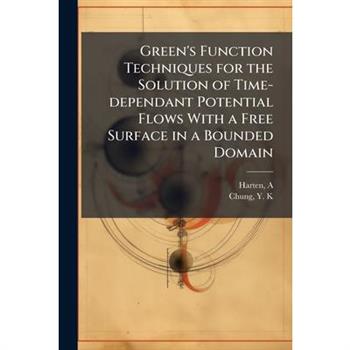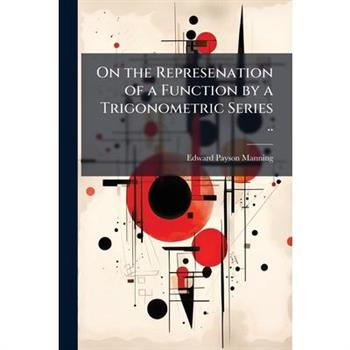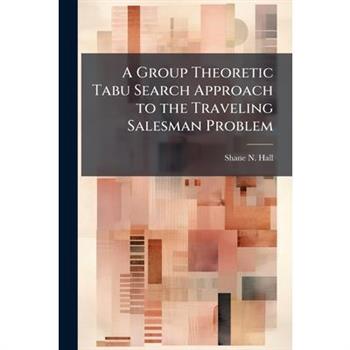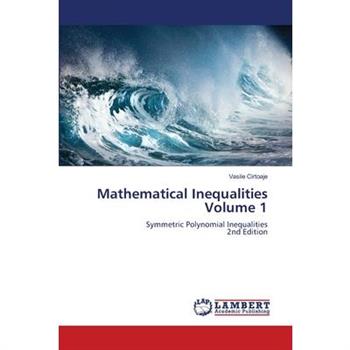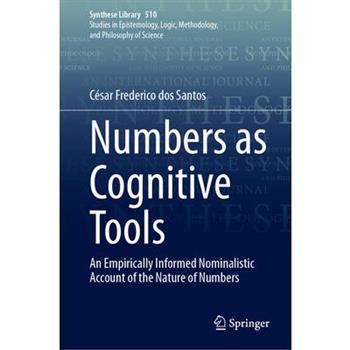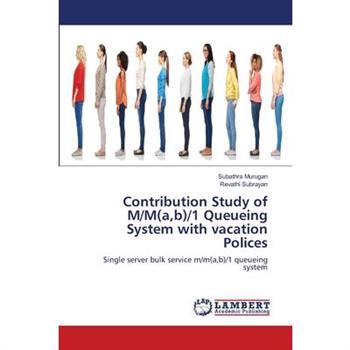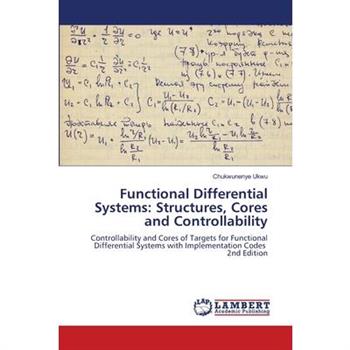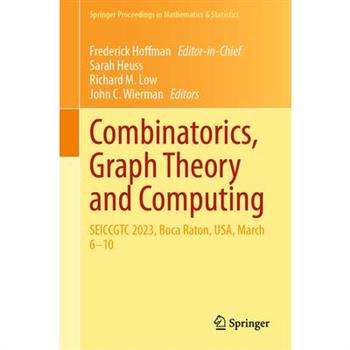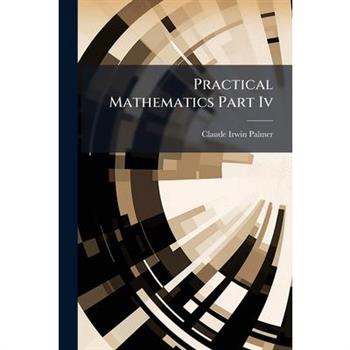Statistical Methods and Applications in Systems Assurance and Quality
In the era of big data and real-time monitoring, vast amounts of information are generated every second through sensors and advanced tracking systems. The information contained in the data needs to be carefully analyzed and accurate results must be delivered to the users as soon as possible. This book explores the critical role of statistics in modern technologies and applied sciences such as health, informatics, and production systems.Statistical Methods and Applications in Systems Assurance and Quality provides a comprehensive overview of statistical methods for ensuring system quality and reliability. It discusses best practices for improving the quality of manufacturing products by using proper statistical methods. The book covers the current state of statistical methods used for system quality and conveys the importance of healthcare systems and employing statistics in the detection of epidemic outbreaks.Designed for researchers, industry professionals, and academics, this reference is ideal for those working in manufacturing, healthcare, computer engineering, statistical process control, and machine learning applications. It serves as a valuable resource for anyone seeking to enhance system performance through data-driven insights.
Tables Of Logarithms, For All Numbers From 1 To 102100
The Collected Mathematical Papers Of Arthur Cayley
The Collected Mathematical Papers Of Arthur Cayley
Information-Oriented Logic
The book introduces a new form of mathematical logic called "Information Oriented Logic" (IOL). It demonstrates that IOL is capable of solving various classical and non-classical logic problems that cannot be solved by traditional methods of logic. In this book, it is argued that two meaningful declarative sentences or symbols can make the same statement if they express the same thing or referent in different ways. The book treats a piece of information as the referent for a meaningful declarative sentence, thus inventing information-oriented logic. As a result, this book provides a comprehensive guide to this logic. Unlike traditional logic, which uses declarative sentences as the result of logical expressions, this new logic uses pieces of information. The book is intended for undergraduate and graduate students, as well as scholars applying mathematical logic to various fields such as philosophy, linguistics, ontology, information theory, computer science, etc. Additionally, it provides a new mereology in which all implications of a piece of information are its parts.
A Hybrid Approach to Discrete Mathematical Programming
Mathematical Inequalities Volume 1
This is Volume 1 of the five-volume book Mathematical Inequalities, that introduces and develops the main types of elementary inequalities. The first three volumes are a great opportunity to look into many old and new inequalities, as well as elementary procedures for solving them: Volume 1 - Symmetric Polynomial Inequalities, Volume 2 - Symmetric Rational and Nonrational Inequalities, Volume 3 - Cyclic and Noncyclic Inequalities. As a rule, the inequalities in these volumes are increasingly ordered according to the number of variables: two, three, four, ..., n-variables. The last two volumes (Volume 4 - Extensions and Refinements of Jensen's Inequality, Volume 5 - Other Recent Methods for Creating and Solving Inequalities) present beautiful and original methods for solving inequalities, such as Half/Partial convex function method, Equal variables method, Arithmetic compensation method, Highest coefficient cancellation method, pqr method etc. The book is intended for a wide audience: advanced middle school students, high school students, college and university students, and teachers. Many problems and methods can be used as group projects for advanced high school students.
Mathematical Inequalities Volume 5
This is Volume 5 of the five-volume book Mathematical Inequalities, which introduces and develops the main types of elementary inequalities. The first three volumes are a great opportunity to look into many old and new inequalities, as well as elementary procedures for solving them: Volume 1 - Symmetric Polynomial Inequalities, Volume 2 - Symmetric Rational and Nonrational Inequalities, Volume 3 - Cyclic and Noncyclic Inequalities. As a rule, the inequalities in these volumes are increasingly ordered according to the number of variables: two, three, four, ..., n-variables. The last two volumes (Volume 4 - Extensions and Refinements of Jensen's Inequality, Volume 5 - Other Recent Methods for Creating and Solving Inequalities) present beautiful and original methods for solving inequalities, such as Half/Partial convex function method, Equal variables method, Arithmetic compensation method, Highest coefficient cancellation method, pqr method etc. The book is intended for a wide audience: advanced middle school students, high school students, college and university students, and teachers. Many problems and methods can be used as group projects for advanced high school students.
Mathematical Inequalities Volume 2
This is Volume 2 of the five-volume book Mathematical Inequalities, which introduces and develops the main types of elementary inequalities. The first three volumes are a great opportunity to look into many old and new inequalities, as well as elementary procedures for solving them: Volume 1 - Symmetric Polynomial Inequalities, Volume 2 - Symmetric Rational and Nonrational Inequalities, Volume 3 - Cyclic and Noncyclic Inequalities. As a rule, the inequalities in these volumes are increasingly ordered according to the number of variables: two, three, four, ..., n-variables. The last two volumes (Volume 4 - Extensions and Refinements of Jensen's Inequality, Volume 5 - Other Recent Methods for Creating and Solving Inequalities) present beautiful and original methods for solving inequalities, such as Half/Partial convex function method, Equal variables method, Arithmetic compensation method, Highest coefficient cancellation method, pqr method etc. The book is intended for a wide audience: advanced middle school students, high school students, college and university students, and teachers. Many problems and methods can be used as group projects for advanced high school students.
Proof Complexity Generators
The P vs. NP problem is one of the fundamental problems of mathematics. It asks whether propositional tautologies can be recognized by a polynomial-time algorithm. The problem would be solved in the negative if one could show that there are propositional tautologies that are very hard to prove, no matter how powerful the proof system you use. This is the foundational problem (the NP vs. coNP problem) of proof complexity, an area linking mathematical logic and computational complexity theory. Written by a leading expert in the field, this book presents a theory for constructing such hard tautologies. It introduces the theory step by step, starting with the historic background and a motivational problem in bounded arithmetic, before taking the reader on a tour of various vistas of the field. Finally, it formulates several research problems to highlight new avenues of research.
Contribution Study of M/M(a, b)/1 Queueing System with vacation Polices
The underlying assumption of queuing theory is that arrivals to the system are characterized by a probability distribution, the Poisson distribution, and service times by another known distribution, the exponential distribution. These assumptions enable analysts to devise easily solvable mathematical models, which may be used to evaluate system performance. Single Server Bulk service M / M (a, b) / 1 Queueing System, when solving the single server bulk service queueing models numerically, the results of system measures have been obtained effectively by using Matlab software.
Functional Differential Systems
This book is a trail-blazer in robust formulations, investigations of computational feasibility and electronic implementations of mathematical results. It developed and used the core concept and computable expressions for determining matrices to establish necessary and sufficient conditions for Euclidean controllability of certain classes of functional differential systems. To actualize the applications of variation of constants formulas for initial and terminal function problems, as well as the characterization of controllability in terms of indices of control systems, this book pioneered the formulation and validation of the expressions and structures of solution and control index matrices for some classes of hereditary systems. To eliminate all computational and implementation constraints and achieve large-scale industrial applicability of the results, the book developed and provided software codes with a user guide for the implementation of results on the C++ platform. This has placed the generally neglected implementation aspect of mathematical results on the front burner, thus providing implementation paradigm shift.
Logic
This groundbreaking textbook presents a new approach to the study of logic by combining classical foundations with modern information-theoretic perspectives. Following a detailed introduction, it offers an information-theoretic formalization of logic. Subsequently, well-known but still unsolved problems, such as the P versus NP problem, are addressed using the provided tools. An optimization algorithm for the target requirements of logical problem-solving-regarding computability, expressiveness, and consistency-is presented, and finally, a few applications in other fields are showcased. The book offers students and researchers a comprehensive journey through the fundamental principles of logic while introducing innovative concepts at the intersection of logic, information theory, and computational complexity. Key features include: -Solid foundations in classical logic, including propositional and predicate logic, validity, and formal inference. -Novel integration of Shannon's information theory with traditional logical concepts. -Exploration of new approaches to axiomatization and formalization in light of G繹del's incompleteness results. -In-depth analysis of the P versus NP problem with information-theoretic and optimization approaches. -Clear explanations and examples suitable for beginners and beyond. -Applications in mathematics, computer science, and related fields.
The Asymptotic Behavior of Porous Systems
This book presents a rigorous and comprehensive treatment of the mathematical theory and real-world applications of porous systems, with a special focus on their asymptotic behavior. It combines analytical, numerical, and computational perspectives to bridge fundamental science and engineering applications, making it relevant to mathematicians, physicists, engineers, and material scientists. It also synthesizes the mathematical foundations, modeling strategies, and engineering practices of porous media systems with asymptotic behavior as a unifying theme, which empowers the readers to model, analyze, and design next-generation porous systems across diverse disciplines.
Counting
WHAT DOES IT MEAN TO COUNT? WHY ARE HUMANS THE ONLY SPECIES ON EARTH THAT CAN DO IT? WHERE DID COUNTING COME FROM? HOW HAS IT SHAPED SOCIETIES ALONG THE WAY? AND WHY DOES IT MATTER? Counting is an innovative, erudite, world-wrapping journey through humanity's marvellous ability to impose numbers on things. Acclaimed historian and mathematician Benjamin Wardhaugh draws on stories from the Stone Age to cyberspace in pursuit of the elusive, fascinating, endlessly diverse history of human counting.Starting with the roots of counting in human brains, bodies and environments, Wardhaugh tours us around the world and through time while exploring the different flavours of counting that have developed over millennia. We meet the makers of bead necklaces in ancient South Africa, the inventors of writing in the world 's first metropolis, and the 'counter culture' of classical Athens. We see counting used - and changed - by Indian scholars, Chinese peasants and Papuan shopkeepers; we meet the distinctive numerate agendas of Mayan kings, US governments and Korean vloggers.Weaving these stories together, Wardhaugh shows how cultures have shaped counting, and how counting has shaped culture, in a rich tapestry spanning thousands of years. This is the vast story of human attempts to find some order in an unruly world; or, perhaps, to impose on a reluctant world the order that humans find within themselves. It is a history as wide, deep and tangled as that of humanity itself




